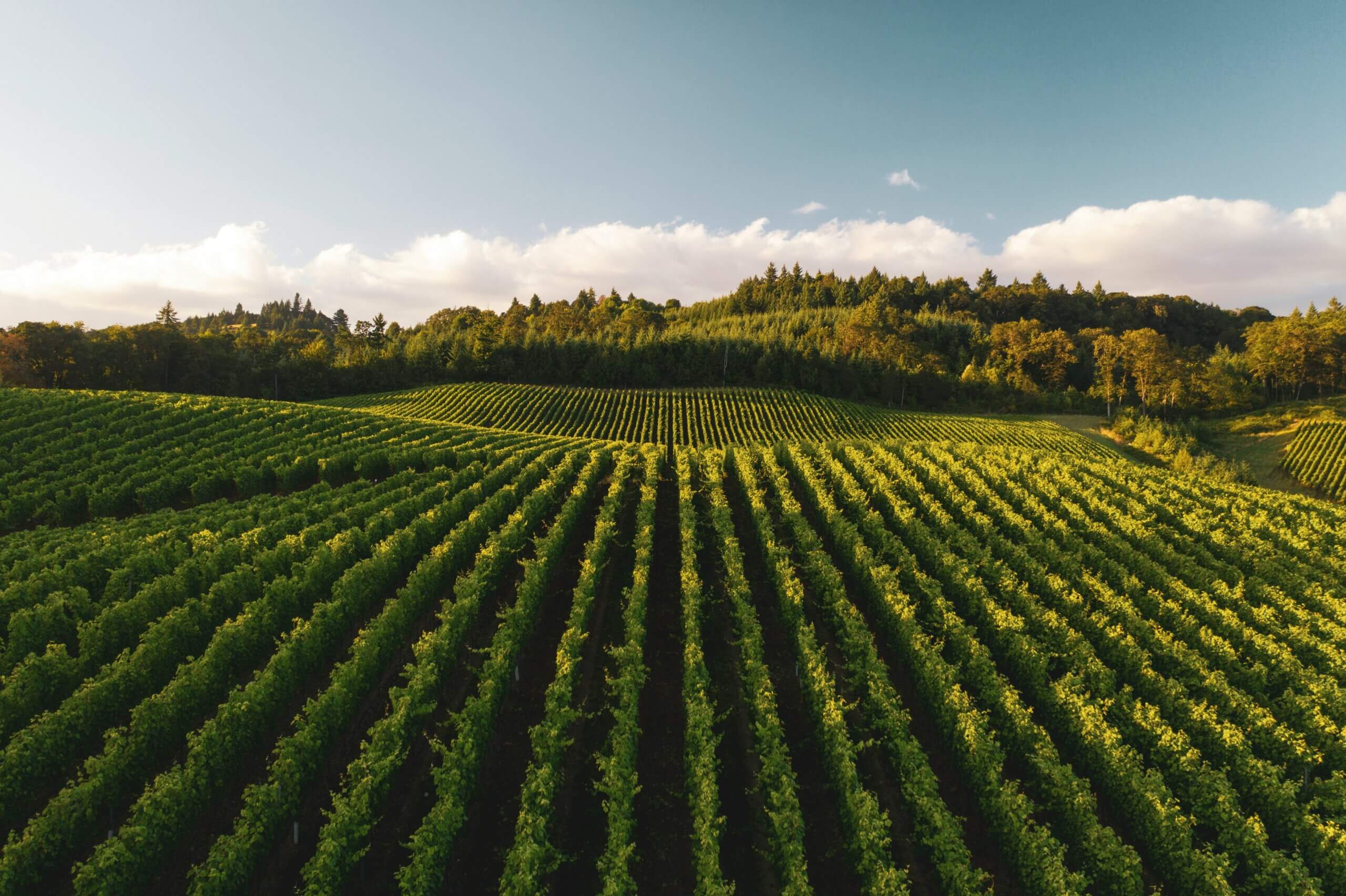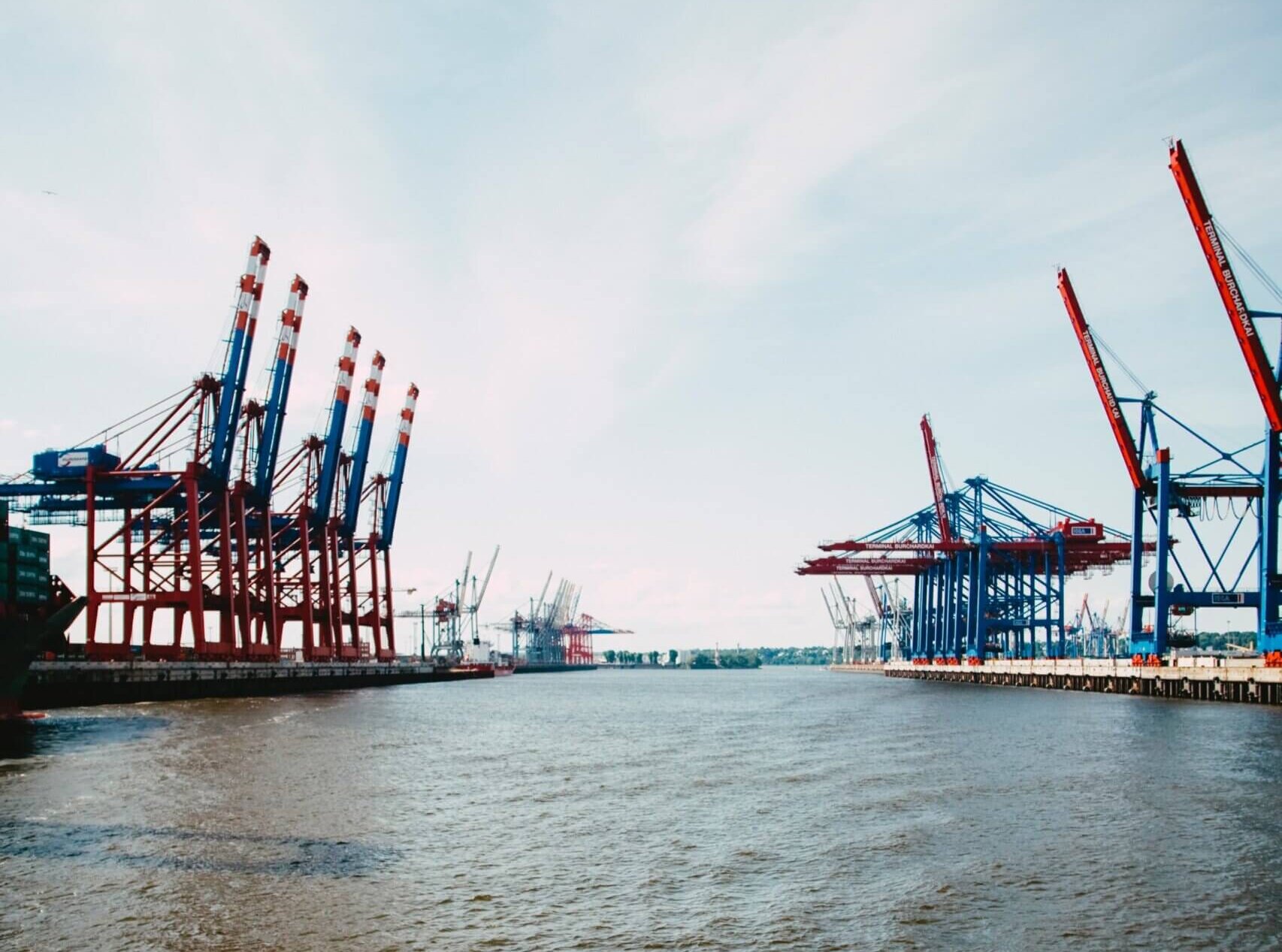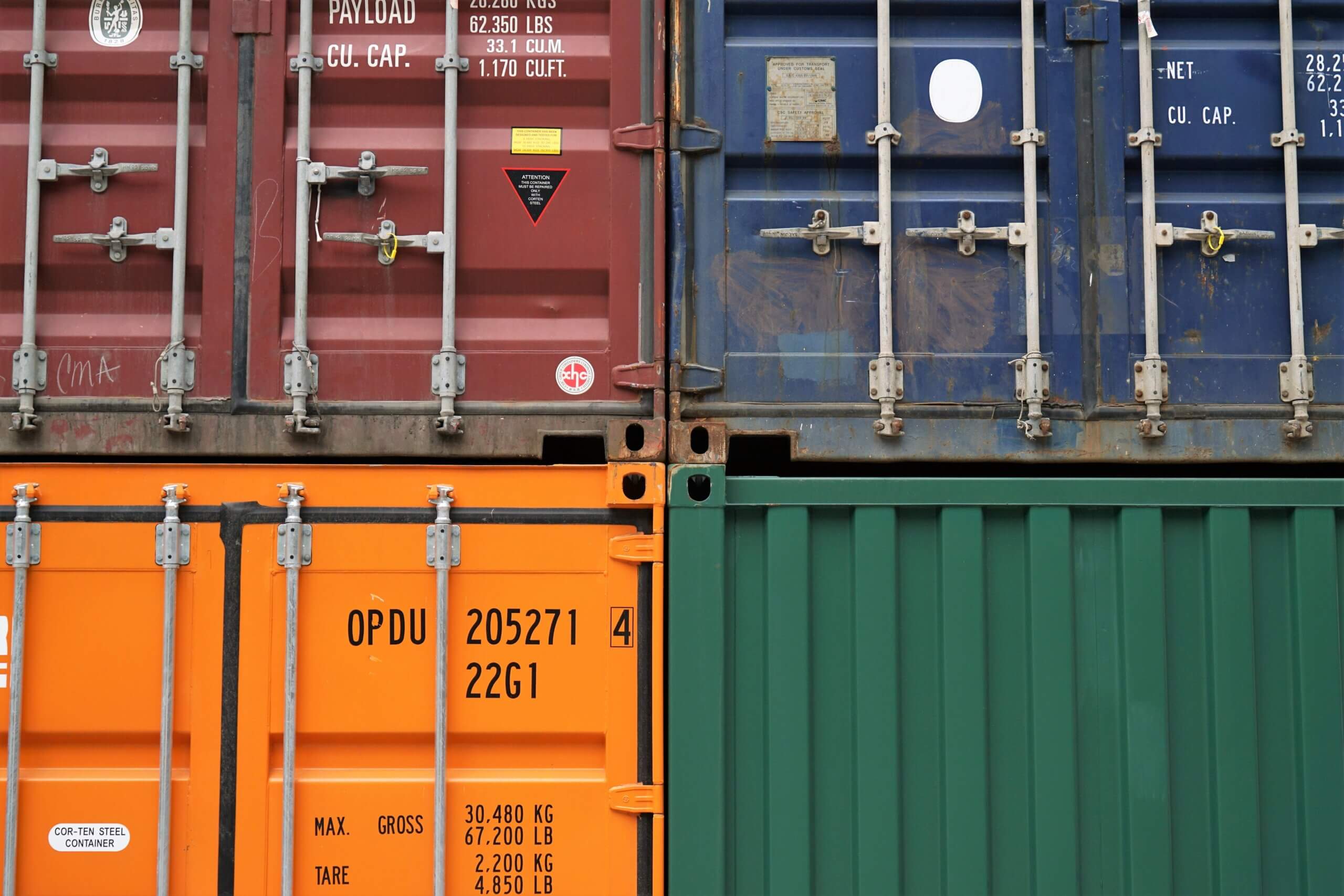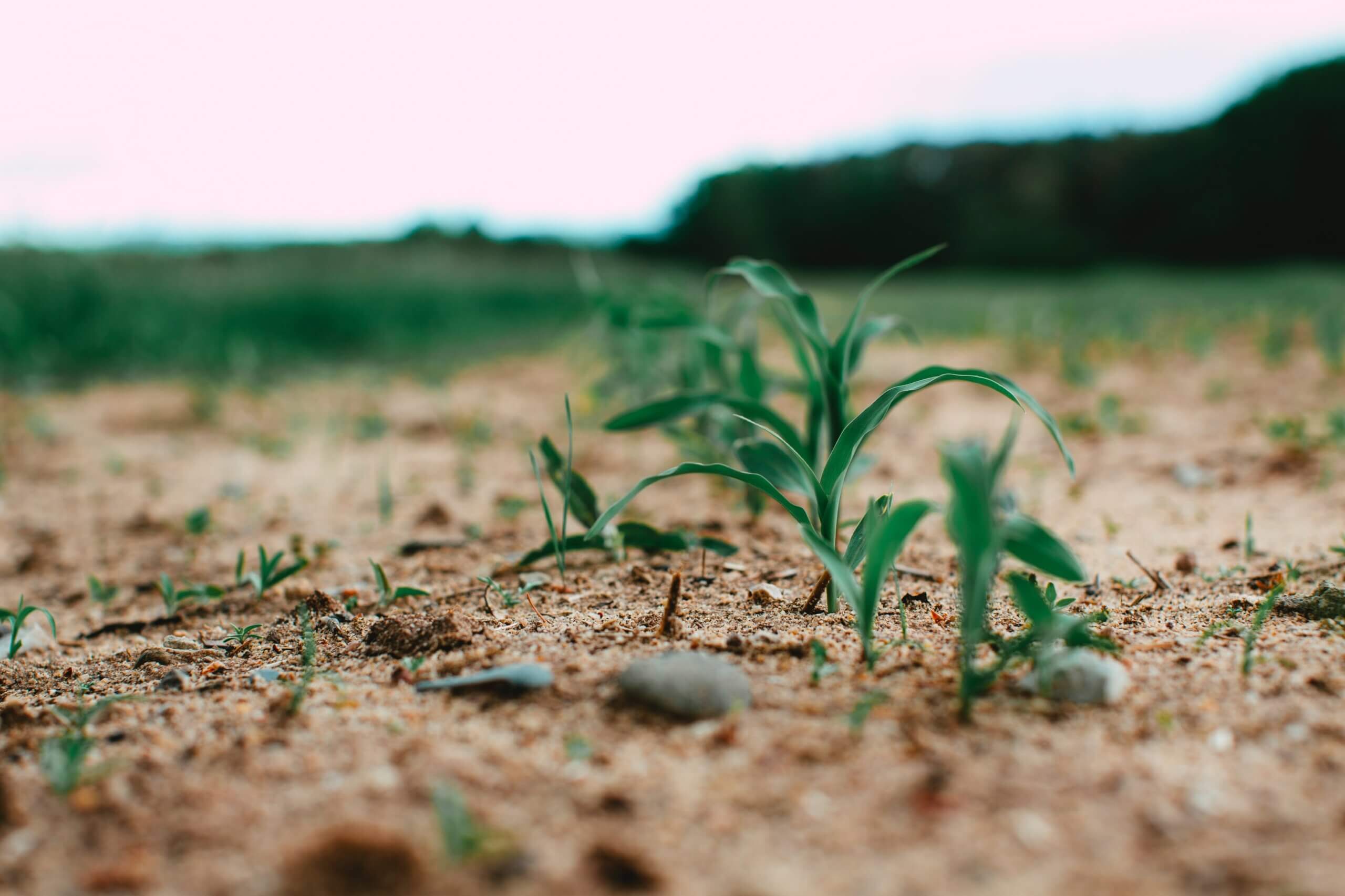The global food industry is rapidly changing, with new trends emerging daily. Informed consumers are increasingly seeking healthier, more sustainable options, which has led to a surge in demand for organic, non-GMO, and gluten-free ingredients. As a result, businesses worldwide are taking notice and adapting their strategies to meet the needs of their customers. Organic food production is on the rise, with more and more farmers and producers turning to organic methods to produce their food. Organic food is grown without synthetic fertilizers, pesticides, or other chemicals and is often considered healthier. Non-GMO food production is also becoming more popular, as consumers are looking for food that has not been genetically modified. Gluten-free food production is also growing, as many people are looking for gluten-free food.
The benefits of buying organic, non-GMO, and gluten-free ingredients are numerous. Organic foods often have cleaner labels and are also better for the ecosystem. Non-GMO food is free from potentially harmful chemicals and is often considered healthier. Gluten-free food is often lower in calories and beneficial for those with gluten sensitivities or allergies. By adding organic, non-GMO, and gluten-free products to their portfolios, businesses can ensure they are meeting the demands of their customers.
The largest food brands in the world are accomplishing this by acquiring established organic, non-GMO, and gluten-free brands. This helps build customer loyalty and trust and differentiates them from their competitors.
Global Food Trends: Organic Food Trend
Organic food production is defined as the production of food without the use of synthetic fertilizers, pesticides, and herbicides. Organic food production is becoming increasingly popular around the world. This is due to the growing awareness of the health benefits of organic food and the environmental benefits of organic farming. Organic farmers use natural methods to produce food, such as crop rotation, green manure, and integrated pest management. Organic food production has many benefits. Organic food is free of synthetic chemicals, which can harm human health. Additionally, organic farming preserves biodiversity. Those who’ve had the opportunity to visit both large conventional farms and smaller Organic farms will tell you the contrast between the two methods is palpable. Organic food also tends to be higher in nutrients than conventionally produced food.
Despite the many benefits of organic food production, some challenges exist. Organic farming is more labor-intensive than conventional farming, and it can be difficult to find organic farmers willing to produce food in this way. In North America, farmers must prove a three-year time period since the last application of synthetic chemicals to their land. This puts them in a risky financial position as their yields shrink and their costs increase while their pricing remains unchanged.
This is why organic food tends to be more expensive than conventionally produced food, which can be a barrier for some consumers. Overall, organic food production is becoming increasingly popular around the world. It offers many benefits, such as being free of synthetic chemicals, better for the environment, and higher in nutrients. However, the labor-intensive nature of organic farming and the higher cost of organic food prohibits growers and consumers from transitioning to organic.
Exploring the Growing Trend of Non-GMO Food Production
Genetically modified food starts with the seed. A genetically modified organism (GMO) is a seed altered with a foreign gene to give it an advantage in the field. Some seeds are manipulated with genes from other living things to make them more drought resistant, while others are engineered with foreign DNA so that chemical inputs don’t harm them. This allows the farmer to spray for weeds without damaging the cash crop.
Some seeds are altered to make them less appetizing to pests. There is a limit to which commodities can be legally genetically modified. In North America, GMOs are limited to corn, soybeans, cotton, canola, and sugar beets. These are crops that the economies of the US and Canada depend on, therefore, they’ve been approved for modification to ensure North American farmer’s ability to grow them in high volumes without catastrophic failures that would severely impact that region’s animal feed and biofuel industries. Over 80% of North America’s corn and soybeans are grown from GMO seed.
Non-genetically modified (Non-GMO) food is a growing trend in the global food industry. Many consumers fear that GMO food is a slippery slope, and Certified Non-GMO food choices is a way to ensure that their food is free from any genetic modifications that could potentially be harmful to long-term human health. It’s also important to mention that Certified Organic crops, even with zero synthetic inputs, cannot be grown using GMO seeds. Although Non-GMO seeds aren’t all grown organically, Certified Organic foods are always Non-GMO. This is another reason consumers choose Certified Organic options.
The benefits of Non-GMO food production are numerous. Non-GMO food is free from any perceived health risks associated with genetically modified food and is viewed as more natural than food containing GMOs. Non-GMO food is also more sustainable, as it does not require the use of gene altering to be produced. For foods containing ingredients made from commonly genetically modified crops, Non-GMO options are seen as premium. One example is in the snack aisle, where organic and non-GMO chips, puffs, and cereals are twice as expensive as the big brand GMO options.
Although the growth in this sector is strong, Non-GMO food production requires more land and labor than conventional/GMO agriculture. Additionally, Non-GMO corn, soy, and canola oil is not as widely available as their GMO counterparts, making it difficult for some consumers to access or afford. Overall, Non-GMO food production is a growing trend in the global food industry as consumers become more discerning about what they feed their families. Still, changes will have to be made at the farm level to continue to meet the demand.
All About Gluten-Free
Gluten is a protein in wheat, rye, barley, and triticale. A small section of the world population (1%) has a condition called celiac disease that causes a negative reaction when they consume gluten. For this reason, gluten-free has been something doctors have known about since the 1950s. Similar to other food trends like keto, The Atkins diet, and dairy-free, this new wave of gluten-free consumers has been driven by blogs, books, social media and kitchen experimentation. As people talk amongst each other and follow accounts discussing gluten-free recipes, diets they’re trying and how they’re feeling better physically, habits change quickly.
Google search results show that the topic of gluten became popular around 2010 as people were cutting carbs and increasing protein as a way to slim down (a trend that is still popular today). This low-carb trend found a catalyst in the release of William Davis, MD’s book titled The Wheat Belly. “Lose the wheat, lose the weight, and find your path back to health,” it says on the title page. As one would expect, as people began to cut bread out of their diets and increase the amount of protein they ate, their metabolisms increased, they lost weight, and they felt better. The gluten-free revolution was born from this collective experience and the marketing around it.
Today, people with no gluten sensitivities are avoiding gluten anywhere they can. It’s a decision that makes them feel good mentally, whether or not it positively affects them physically. It also gives them a feeling of creativity as they push aside traditional wheat flour for gluten-free replacements made from sesame, amaranth, buckwheat, rice, and even chickpea. These flours contain high levels of nutrition, are fun to experiment with, have unique flavors and give passionate home cooks a fun conversational starter when they serve meals.
With the ever-expanding selection of gluten-free products available many consumers have returned to their normal carbohydrate consumption pattern but without gluten. This has caused food companies to label products with very little gluten risk as “gluten-free.” Things like spices, beverages, popcorn, and tortilla chips now carry the gluten-free title so consumers can more easily determine which foods have gluten and which don’t. In North America, if the finished product contains less than 20 parts per million of gluten, anything can be called gluten-free. Other countries have less clarity around gluten-free regulations and, as a result, they haven’t seen the same growth curve.
Gluten-free began as an allergy control measure, morphed into a weight loss strategy, and has now come full circle as what appears to be a permanent label in the food industry that consumers desire and manufacturers must pursue. Gluten-free has now spread to every corner of the grocery store with options in the pasta, snack, dessert, cookie, bread, pastry, bagel and cereal sections.
Gluten-free foods are viewed as healthier, premium options by consumers and with some extra work, they provide stronger margins for ingredient manufacturers, food manufacturers and retailers. This being said, operating gluten-free farms, cleaning, and production facilities comes with its challenges. Farms and cleaning facilities that rotate and receive gluten-containing crops must have protocols to limit cross-contamination in their field, storage bins, and trucks. Manufacturers must comply with strict regulations to become certified. This involves receiving records, cleanout procedures, testing procedures, and employee training.
Conclusion: A Comprehensive Look at Global Food Trends and Benefits of Organic, NonGMO, and GlutenFree Ingredients
Conclusion As the global food industry continues to evolve, so do the trends that drive it. Although social trends are difficult to measure and pinpoint, the growth of Organic, Non-GMO, and Gluten-Free food trends is evident across all metrics, and for a good reason. Organic food production is more sustainable and better for the planet, Non-GMO food production is natural. It makes people feel better about the future of food, and Gluten-Free food production is well-regulated, unique, and more accessible than ever. These trends offer several benefits for B2B buyers at large corporations in the USA.
Organic ingredients are often of higher quality, Non-GMO ingredients are considered premium, and Gluten-Free ingredients are wide-ranging and differentiating. Ultimately, the global food industry is changing, and B2B buyers need to stay informed and know what options are out there that meet these 3 criteria. Tradelink maintains a library of suppliers worldwide that can meet the demands of procurement professionals as their employers look to offer more products that meet the demands of consumers. We know the regulations, the testing requirements and the freight details that allow our customers to receive Certified Organic, Non-GMO and Gluten-free products in high volumes, on time and in spec.










